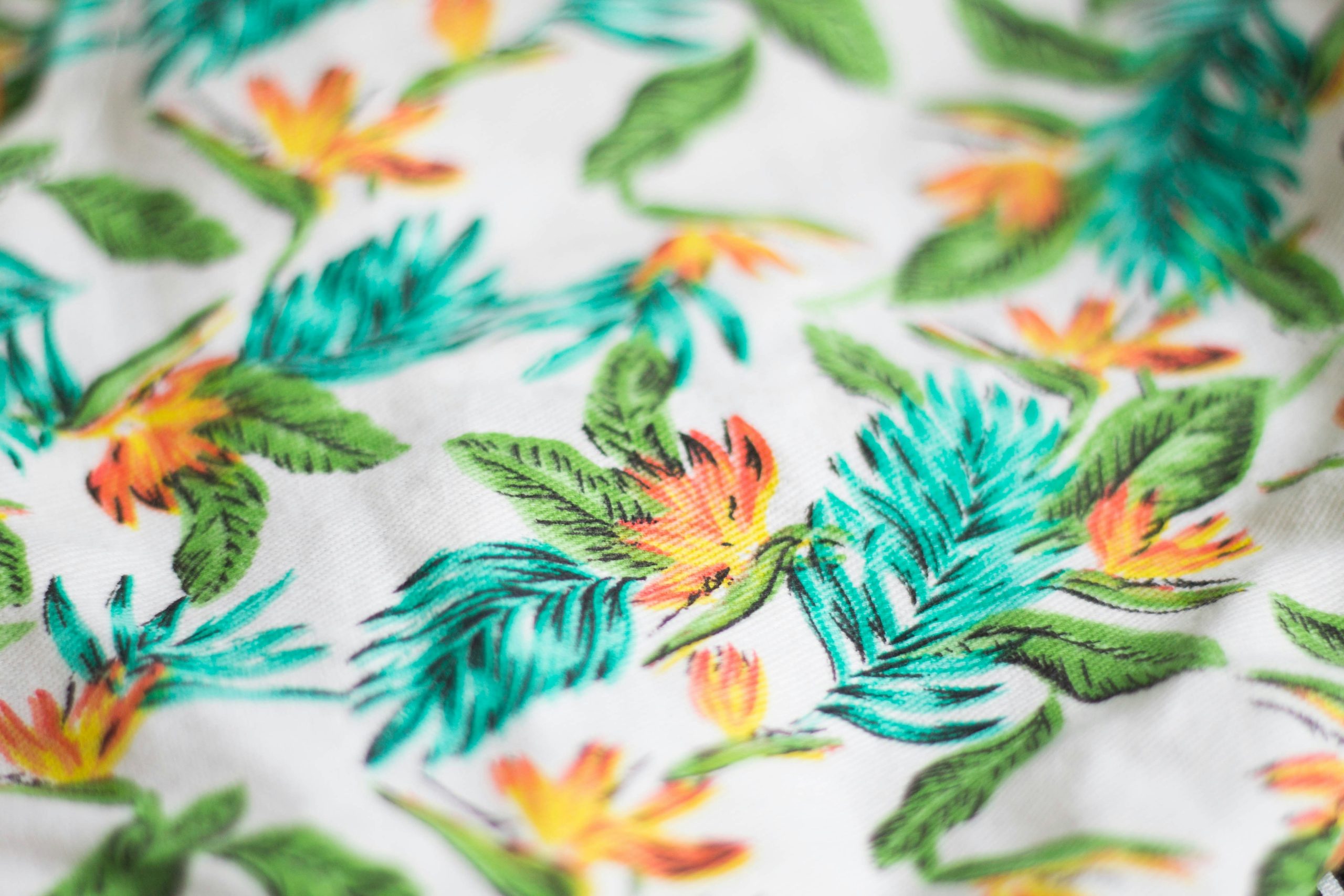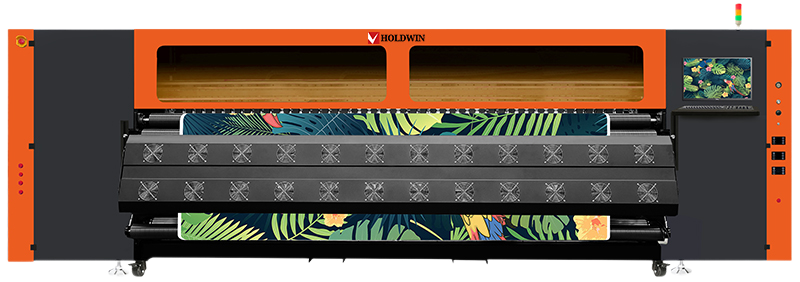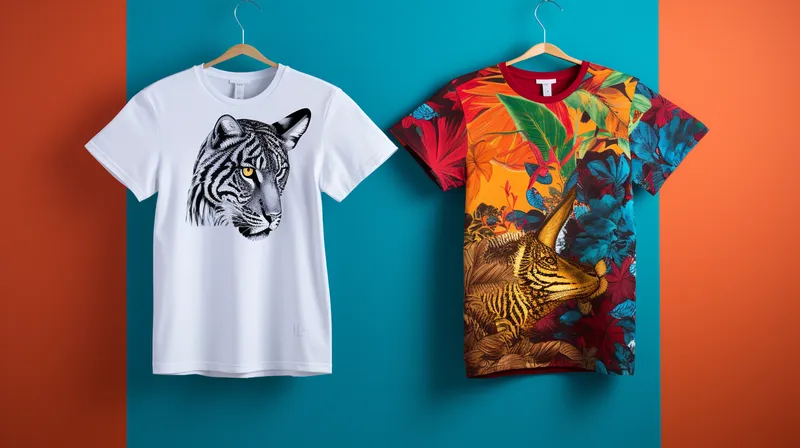
In recent years, the textile industry has witnessed significant advancements in printing technologies, allowing manufacturers to meet growing consumer demand for complex and custom-designed fabrics. Among these innovations, digital printing has emerged as a game-changer. Unlike traditional printing methods, digital printing offers unparalleled flexibility, precision, and efficiency, making it an ideal solution for complex designs. This article explores the advantages of digital printing for intricate textile designs, highlighting how this technology is transforming the industry and why it is the preferred choice for textile manufacturers, fashion designers, and other industry professionals.
Digital printing technology has revolutionized the textile industry by offering a more cost-effective and efficient alternative to traditional screen printing and other older methods. As consumer preferences shift towards customization, quick turnarounds, and environmentally friendly processes, digital printing has become the go-to solution for high-quality, complex designs. Unlike traditional printing methods, which require extensive setup and produce a large volume of waste, digital printing allows for precise application of ink directly onto fabrics, reducing waste and offering a faster production timeline.
This technology has gained particular popularity among fashion designers, textile manufacturers, and companies focused on personalized apparel. As a global leader in digital printing, HOLDWIN is committed to providing cutting-edge printing solutions that meet the demands of the ever-evolving textile industry. By combining advanced printing technologies with personalized customer support, we ensure that businesses can meet customer expectations while maintaining a competitive edge in the marketplace.
One of the most significant advantages of digital printing is its ability to produce highly detailed and intricate designs that would be challenging or impossible to achieve using traditional methods. Whether it’s creating vibrant color gradients, fine details in patterns, or highly complex images, digital printing offers exceptional precision.
With traditional methods, such as screen printing, intricate designs often require multiple layers of color and complicated processes, making the production slower and more expensive. Digital printing, on the other hand, allows for multi-colored designs to be printed in one pass with a high level of accuracy. The resolution of digital printers is also much higher than that of traditional methods, ensuring that even the most delicate details are faithfully reproduced.

Digital printing excels in customization. The flexibility of digital printers allows manufacturers to easily modify designs, change colors, and incorporate unique elements based on customer requirements. For instance, designers can quickly adjust or update a pattern without having to invest in costly setup fees or long lead times, which are common in traditional printing methods.
This flexibility is particularly beneficial in markets where short production runs or on-demand printing are crucial. Small batches of customized designs, unique color combinations, and personalized garments can be produced at a fraction of the cost and time associated with traditional techniques. For businesses like HOLDWIN, which prides itself on offering personalized solutions to meet the specific needs of customers, digital printing is an indispensable tool that enhances creativity while streamlining production.
Sustainability is an increasingly important factor in the textile industry, with both consumers and manufacturers seeking environmentally friendly solutions. Traditional textile printing methods, such as screen printing, involve the use of large amounts of water, energy, and chemicals, which contribute to environmental pollution. Furthermore, these methods often generate considerable fabric waste due to the need for precise registration and multiple color layers.
Digital printing offers a more sustainable solution by significantly reducing waste. Since the ink is applied directly to the fabric, there is minimal overspray or excess ink. Additionally, digital printing eliminates the need for screens and stencils, reducing material consumption and waste. HOLDWIN is committed to promoting eco-friendly solutions in textile manufacturing, and our digital printing systems are designed with energy efficiency and reduced waste in mind, helping businesses reduce their environmental footprint.

One of the most significant advantages of digital printing is the speed at which designs can be produced. Traditional printing methods, such as screen printing, often involve multiple steps, including preparing screens, mixing inks, and setting up printing equipment. Each of these steps requires time and labor, which can lead to longer turnaround times, particularly for complex designs.
Digital printing simplifies this process by directly printing the design onto the fabric in one step, eliminating the need for time-consuming setup procedures. This results in much faster production, allowing manufacturers to meet tight deadlines and respond quickly to market demands. For businesses that need to react to fashion trends or fulfill custom orders, the speed of digital printing can be a game-changer. HOLDWIN’s advanced digital printing machines are designed to deliver high-quality results at record speeds, making it easier for our customers to stay ahead of the competition.
While traditional methods like screen printing are often cost-effective for large production runs, digital printing offers a more affordable solution for small and medium-sized batches. With traditional methods, setup costs can be prohibitively high, particularly for short-run orders. Digital printing, however, does not require such setup, making it a cost-effective choice for businesses looking to produce smaller quantities of complex designs.
Whether you are producing a single custom garment or a large batch of personalized scarves, digital printing allows for low-cost production without sacrificing quality. This is particularly beneficial for companies that specialize in custom designs or niche markets, where producing small quantities is often necessary to meet demand.

Digital printing offers numerous advantages for textile manufacturers and designers working with complex designs. From high precision and flexibility to reduced waste and faster production, digital printing has become a vital tool for meeting the demands of today’s textile industry. Companies like HOLDWIN are at the forefront of this technological revolution, offering customized solutions that empower businesses to stay competitive while embracing sustainability and innovation.
As the textile industry continues to evolve, digital printing will remain a key enabler of creativity and efficiency. By leveraging the advantages of digital printing, businesses can achieve superior results and meet the growing demand for custom, high-quality designs. At HOLDWIN, we are committed to helping our customers unlock the full potential of digital printing, delivering cutting-edge solutions that align with their unique needs and goals.
“As a fashion designer, I’ve always struggled with the limitations of traditional printing methods, especially when it came to complex designs. After switching to HOLDWIN’s digital printing solutions, I was able to bring my most intricate ideas to life with stunning detail and precision. The ability to easily modify designs and produce small batches has transformed my workflow, and the quality of the prints is unparalleled. I couldn’t be happier with the results!” – Emily Carter, Fashion Designer.

Zhiyu is passionate about good products, good services, and good prices to let consumers know that choosing us is the right choice! For partners and end customers, we will provide one-on-one considerate smart services and provide you with more high-quality procurement solutions.